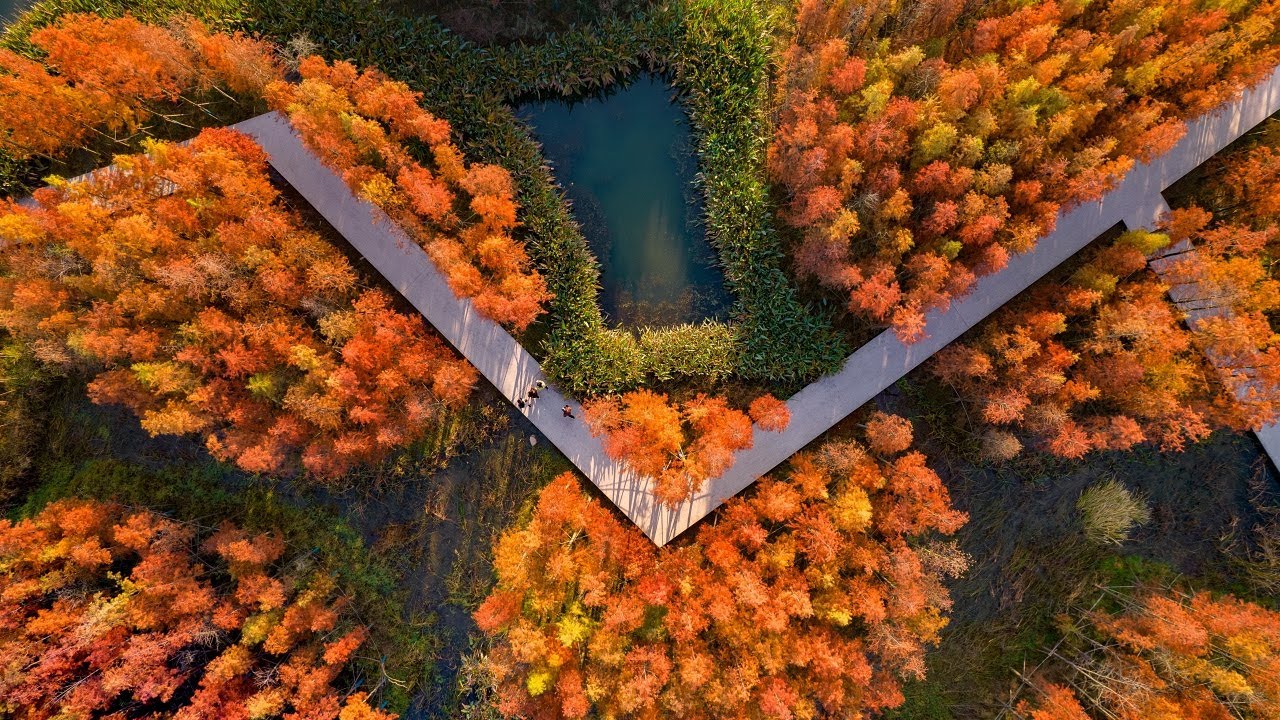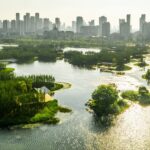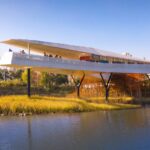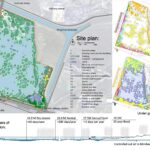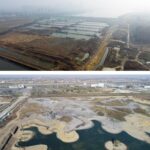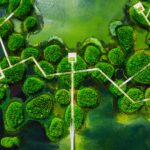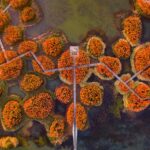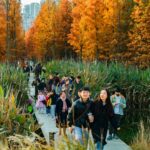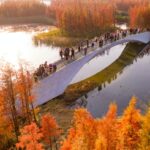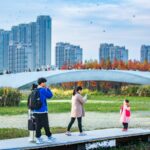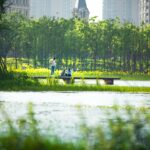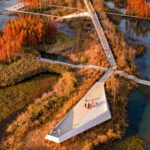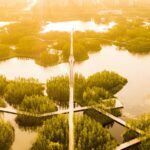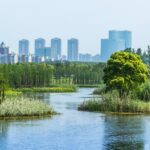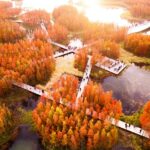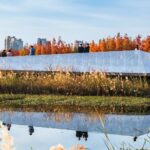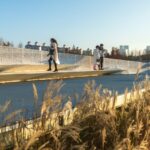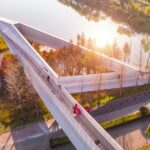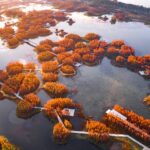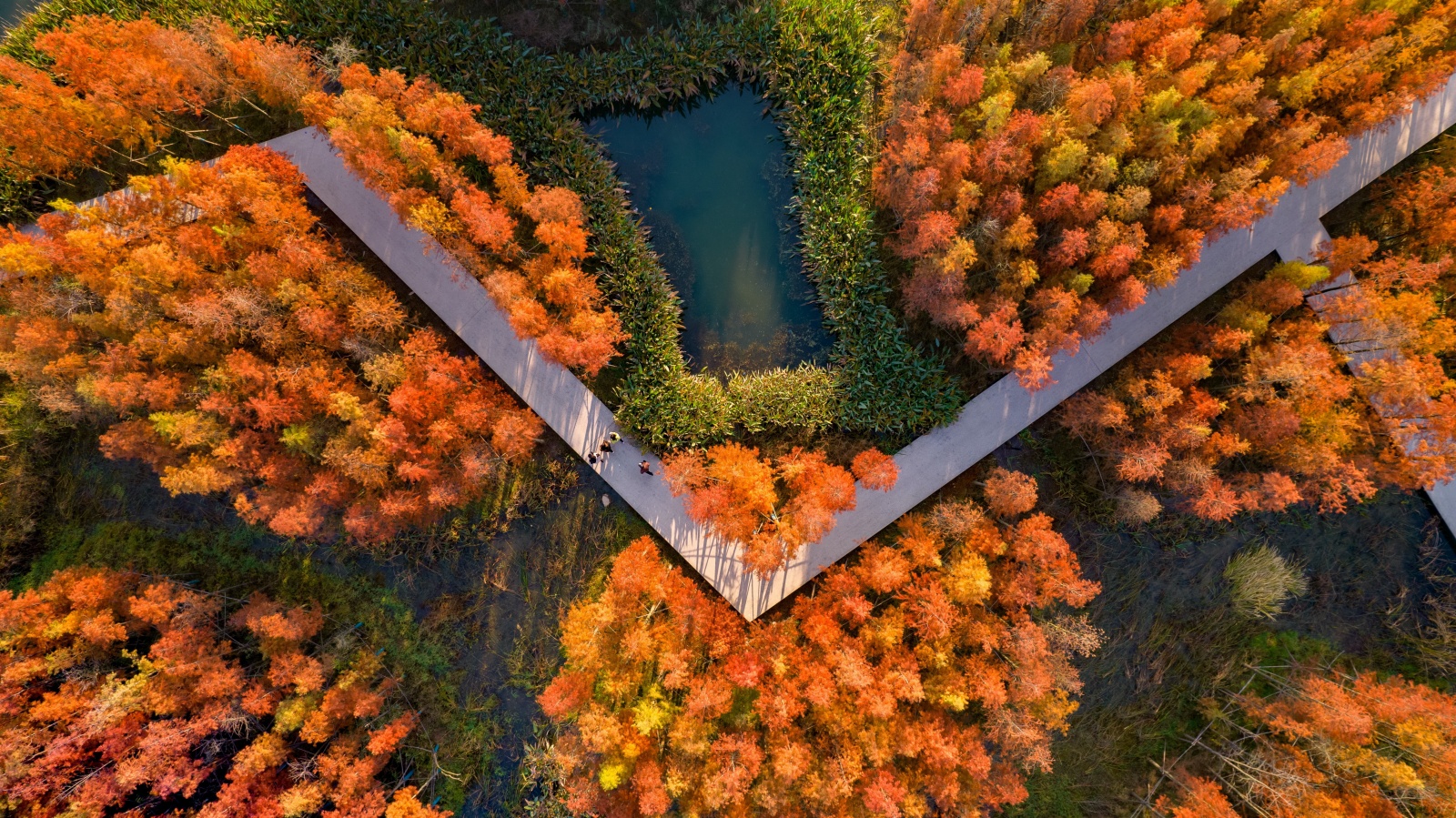
Additional Resources
For additional information on the, please contact JIA HUIMIN of Turenscape at: info@turenscape.com and +86-10-62745788.
Case Studies
Turenscape; v2com newswire; The Cultural Landscape Foundation.
Video
Watch the April 18, 2024 3:22 Nanchang Fish Tail Park – Featured Project video from Greenroofs.com on the greenroofsTV channel on YouTube;2023 0:59 Nanchang Fish Tail Park by Hongwei Tian on YouTube.
News
April 18, 2024 Featured Project: Nanchang Fish Tail Sponge Park, China by Linda Velazquez in Greenroofs.com; January 8, 2024 Transforming Urban Spaces with Kongjian Yu’s Sponge Cities by Polya Pencheva in Design Magazine; October 17, 2023 Chinese Landscape Architect Kongjian Yu, Champion of “Sponge Cities” Concept for Addressing Climate Change Accelerated Urban Flooding, Wins 2023 Cornelia Hahn Oberlander International Landscape Architecture Prize Cultural Landscape Foundation (TCLF) Press Release; November 14, 2022 As climate warms, a China planner advocates “sponge cities” by Emily Wang Fujiyama in The Seattle Times.
A Floating Forest: Fish Tail Sponge Park in Nanchang City
In the city of Nanchang, within the Yangtze River flood plain in east-central China, Turenscape transformed a badly abused 126-acre landscape into a dreamlike floating forest that regulates stormwater, provides habitat for wildlife, offers an array of recreational opportunities, and gives local residents a new way to connect with nature. All of this has lent a unique identity to the New District, serving as a catalyst for urban development in the surrounding area. Design commenced in June, 2017 on the former dumping ground for coal ash from power plants throughout the city.
Fish Tail Park offers a replicable model of designed urban nature for regions with monsoon or variable climates that can address the multiple challenges of floods, habitat restoration, and recreational demands. The project is part of a larger effort by the landscape architect to show that it is possible to open up new space in cities, not just for people, but also for nature, and for powerful forces like monsoon storms that drive critical natural processes.
Transform an urban dumping ground into an island-jeweled lake
Inspired by the ancient concept of farming atop marshland, and by simple cut-and-fill techniques such as the Aztec Chinampas, or floating garden system, the coal ash dumped on site was recycled and mixed with dirt from the fish pond dykes to create numerous islets.
At the same time, a lake able to accommodate two meters (6.5 feet) of water-level rise was created, providing the capacity to catch a full 1 million cubic meters of stormwater inflow.
A flood-adapted forest at the heart of the Park
Various species of emergent, floating and underwater plants that are adapted to large water-level fluctuations are planted around the edges of the islets and cover the otherwise muddy shorelines during the dry season.
Inspired by Poyang Lake’s native monsoon-flood-adapted marsh landscape, the firm selected tree species that are able to survive fluctuating water levels, including Taxodium distichum (common bald cypress), Taxodium distichum var. imbricatum (pond cypress) and Metasequoia glyptostroboides (dawn redwood). Because fluctuating water levels often expose barren muddy shorelines, perennial and annual wetland plants were planted along the shorelines and island edges, and lotus plants provide highly efficient lake cover.
A recreational waterfront where the city and nature meet
The central forest on the water, which is submerged during the annual monsoon floods, provides opportunities to explore nature and a “messy,” immersive marsh experience. Meanwhile, the waterfront at the periphery of the park is designed to accommodate 20-year floods and to provide a zone that can meet the recreational needs of the local population, including natural playgrounds, beaches, fountains, and lawns. There are also terraced constructed wetlands designed to filter urban runoff.
A flood-resilient boardwalk and spots for immersive contact with nature
A bike route and service road follow the park’s periphery. A network of pedestrian paths and platforms surround the lake and provide access to the forested isles, offering visitors a myriad of opportunities to explore. The boardwalk is designed to be submerged during 20-year flood events and annual monsoon floods, which can render the central part of the park inaccessible for several days at a time. While the circular pedestrian and bike paths are above the 20-year flood event line, the boardwalk and platforms are made of prefabricated concrete, detached from the ground or floating above water, and can be easily washed clean after being submerged, along with the benches, which are made of aluminum.
Contemporary design and inviting focal points
Bridges, platforms, pavilions, and viewing towers are carefully placed to provide attractive focal points. Their contemporary design helps to infuse the ancient city, which dates back well over 2,000 years, with a sense of modernity and progress. Perforated aluminum plate is the main material used for the installed structures, creating an arresting contrast with the natural setting. At the park’s main entrance, a cafeteria is integrated with an overpass across a six-lane road, connecting Fish Tail Park with the neighboring Aixi Lake Park.
Visitors of all ages have embraced the opportunity for a new kind of immersive natural experience. The floating forest provides holistic ecosystems services and Fish Tail Park has proved to be a great success. Built at an extremely modest budget of $4 US per square foot, the former heavily polluted urban dumping ground and fish farm has been transformed into an urban oasis that regulates stormwater, provides habitat for birds and other wildlife, and has quickly become one of the most-visited urban parks in the entire city.
Regional and national media have widely reported on Fish Tail Park, which has helped give a distinct identity to Nanchang’s New District. The Nanchang Fish Tail Park is now a landmark stop on Nanchang’s subway system, and has become a catalyst for development in the surrounding area.
Nanchang Fish Tail Park awards include: 2022 AZ Awards Landscape Architecture Winner, 2022 AZ Awards People’s Choice Environmental Leadership, 2022 Architecture MasterPrize Design of the Year, 2022 Fortune Best Designs.
 Greenroofs.comConnecting the Planet + Living Architecture
Greenroofs.comConnecting the Planet + Living Architecture
